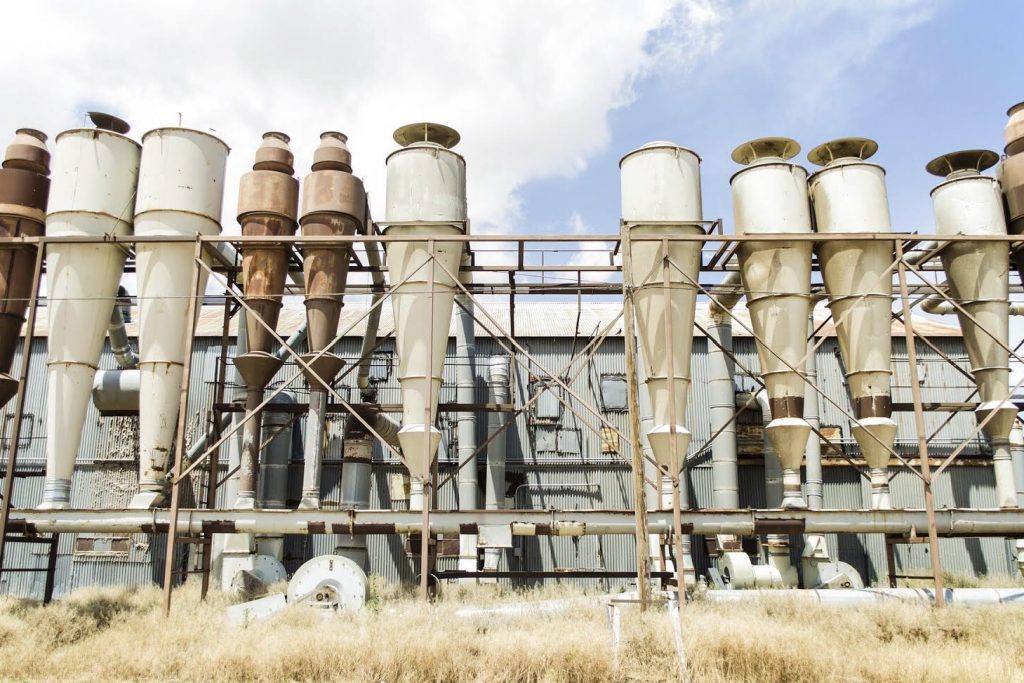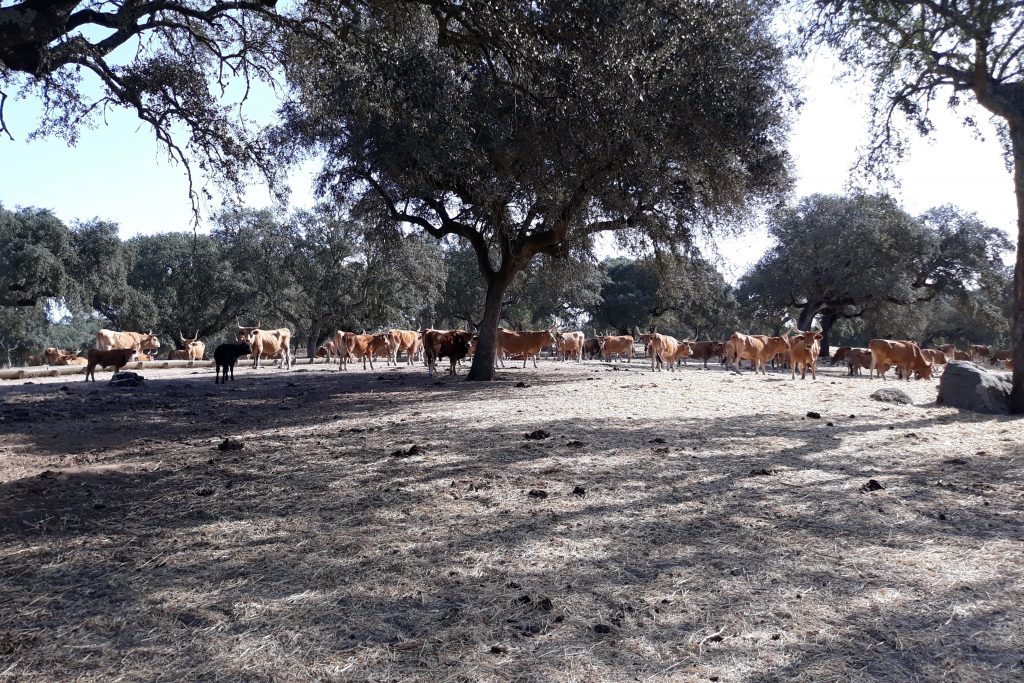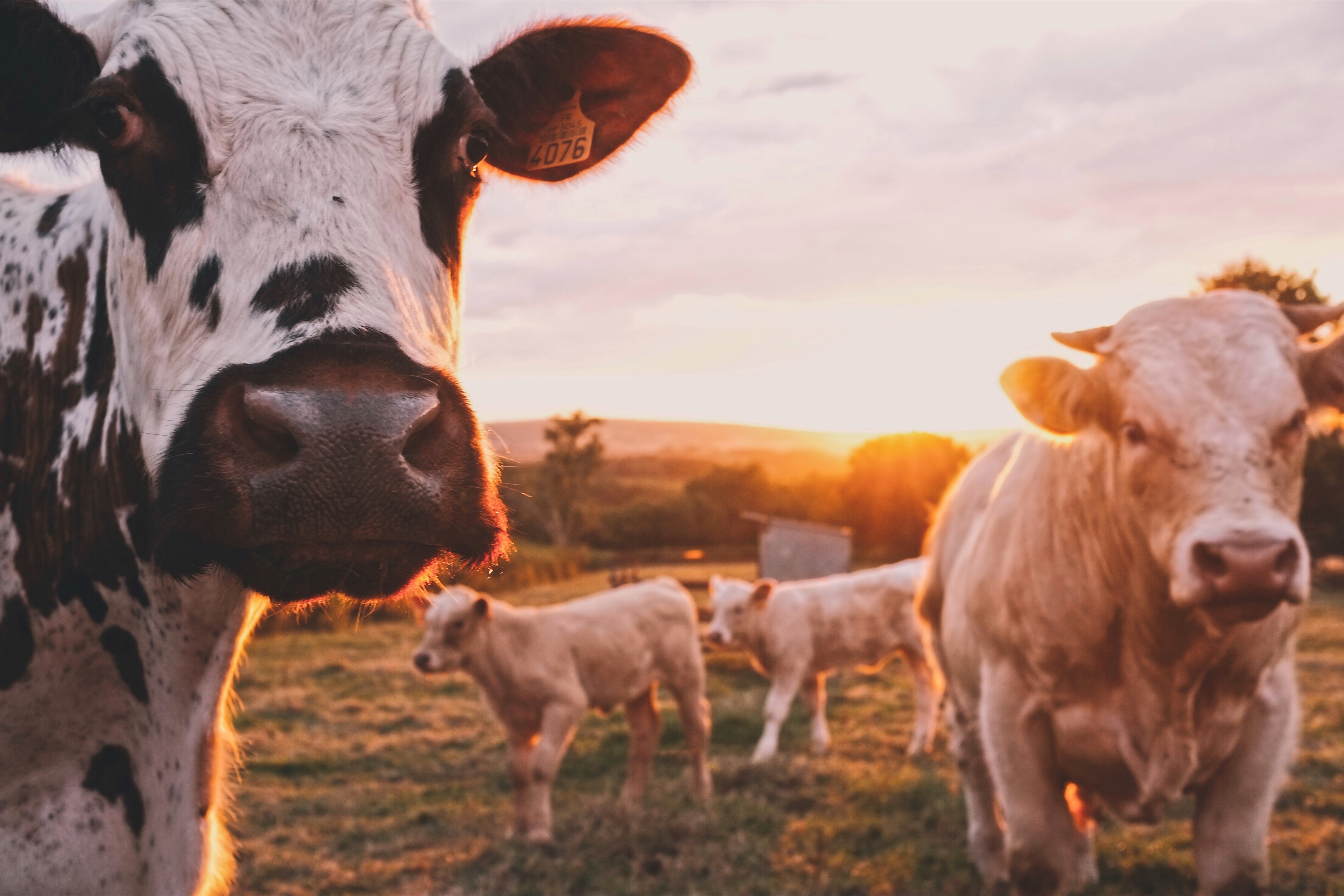The regenerative agriculture movement is gathering momentum. In the past couple of weeks it has had strong support from environmentalist Al Gore, and new packages to help US farmers profitably transition have been launched. Inevitably, with this increased attention has come more debate about which practices work best, or at all, in the goal of creating a profitable farming system which positively impacts the ecosystem. And there are few issues more emotive than that of animal use. Many advocates of regenerative agriculture claim that grazing animals is a fundamental part of the system, whereas others claim that they cause more environmental harm than good. The issues are complex. But as one of the main facets of regenerative agriculture is embracing complexity, the debate should serve only to strengthen the movement.
The harm of meat production
Before I delve into the nuances of the argument, I want to take a step back and acknowledge the reason regenerative agriculture has emerged in the first place: to provide a viable alternative to the current dominant agricultural system. Conventional, intensive farming methods release huge amounts of greenhouse gases and cause a great deal of harm to our ecosystems (see my previous blog post for more on this). And probably the most harmful part of all is meat production.
The environmental footprint of the livestock sector is well-documented. Its long list of impacts include deforestation, land degradation, water stress, greenhouse gas emissions (including particularly harmful methane and nitrous oxide), pollution, overfishing and biodiversity loss. It is widely accepted that eliminating animal products from your diet is the single best thing you can do on an individual level for the environment. The Economist estimates that going vegan could reduce your carbon footprint by 85%.
Upwards of 70%, and possibly as much as 99%, of the meat eaten today is produced intensively – think factory farming. Intensive animal farming is specially designed to reduce costs and maximise production, without any concern for animal welfare or environmental impacts. Animals are often kept in terrible conditions, high quantities of antibiotics are used, farms are responsible for high levels of pollution of local waterways, and their feed (usually soy or corn-based) is usually grown in vast monocultures and is a major cause of deforestation of the Amazon rainforest.
Intensive farming needs to stop, which will mean the amount of meat available to consumers will decline as there simply isn’t the land available to meet current demand using alternative farming methods. But as more of the world manages to escape poverty and join the middle classes, demand for a western diet (i.e. meat-heavy) is increasing. The high levels of meat enjoyed by the west for so many years have been made possible by the dual forces of lack of concern about environmental issues, and the fact that much of the world has been too poverty-stricken to afford it. It’s absolutely right that both of these are now changing. Therefore, even if there are ethical ways to graze some animals regeneratively, this does not change the fact that the only equitable way forward is to drastically reduce our meat consumption.

Grain feeders at a factory farm (image from Pixabay)
Grazing degraded land
In a 2013 TED talk entitled ‘How to fight desertification and reverse climate change’ Zimbabwean ecologist Allan Savory claimed that his ‘holistic management’ grazing method could stop desertification and reduce atmospheric carbon dioxide to preindustrial levels. The talk has been viewed by over 4 million people and has made a significant contribution to this debate.
Savory focuses his attention on grasslands, in other words the parts of the world which are too dry for natural growth of anything except grasses. This is the case for more and more of the world’s surface, as human activities (mostly agricultural practices such as mismanaged grazing) degrade the land further and cause desertification – over a third of the world’s surface is now estimated to be degraded. Before human intervention, says Savory, these grasslands used to be home to large herds of herbivores. These herds would constantly be on the move, meaning no one area would be grazed heavily. The claim is that since the plants aren’t grazed right to their roots, this grazing method stimulates plant growth, which builds biomass and promotes healthy soils. In addition, the trampling of the animals on the land lightly tills the soil, and their urine and manure fertilises it. Savory’s method is to mimic natural systems by having large herds of herbivores to graze small areas of land, and be moved daily or almost daily. This, he argues, is by far the fastest way to create topsoil and has enough carbon sequestration potential to reverse climate change.
The area of Portugal I’m currently staying in has degraded soils, on which very little grows naturally. When I arrived in September, all the grasses were yellow or brown after the usual summer drought. Much of the area around the farm is grazed with animals, but some fields are not. The fields that were not grazed had long, dying grasses.
By the time of the first rains, much of these long grasses had changed colour from yellow-brown to grey. According to Savory, this meant that they were oxidising – a chemical decomposition process which slowly kills the plant and releases carbon into the atmosphere (as opposed to biological decomposition, which keeps the majority of carbon in the soils). There can only be very limited new growth while these old grasses remain attached to the plant due to space and light restrictions. Therefore, areas which are not grazed need to be either cut by humans (usually using a fossil-fuelled powered strimmer and taking a lot of time), or burned before the rainy season to enable new growth. Every year in Africa, large swathes of land are set alight to prepare them for the next year’s growth.

Oxidising grass (image my own)
In humid countries such as the UK, the rewilding movement puts forward a powerful argument for rewilding instead of grazing to restore our ecosystems. However, this simply isn’t an option in Portugal, where forest fires are a growing problem. The decline in the number of goat herds in Portugal’s hilly terrain is at least partly responsible for this increase in forest fires (although poor land management choices, e.g. eucalyptus plantations, are probably a bigger factor). There are now legal requirements on landowners to clear their land and create firebreaks. Input is needed, and there are compelling arguments that animals are the most effective and environmentally-friendly way of keeping vegetation growth low. In these dry regions of the world, especially those with degraded soils, animals can really help manage the land, as well as restoring soils and providing food (if meat consumption – a very individual choice – is your thing).

Cows grazing on degraded land in Portugal (image my own)
A scientific dispute
Allan Savory’s approach has been widely criticised by the scientific community. A 2016 research paper reviewed many scientific studies of Savory’s methods, and concluded that ‘the claimed benefits of the method…appear to be exaggerated and/or lack broad scientific support’. A 2017 report by the Food and Climate Research Network found that the carbon sequestration claims of Savory and others are vastly overstated, and in fact well-managed grazing could only offset 20-60% of emissions from grazing systems: 4–11% of total livestock emissions, and between 0.6 and 1.6% of total annual greenhouse gas emissions. Both reports, however, did point out that well-managed grazing on degraded land did have the potential to improve soil fertility as well as having the most carbon sequestration potential of all grazing systems.
Other studies have further argued that generalisations of grazing can not be made, and the type of grazing is crucial. A 1993 review of 97 studies with data from 236 locations worldwide examined the effects of grazing on vegetation growth. It found that although grazing usually resulted in reduced vegetation growth, there were cases in which it resulted in increased vegetation growth. Those cases had a long evolutionary history of grazing, moderate grazing intensity during short time periods, and low net primary production.
The often overlooked part of Savory’s approach is holistic management, which emphasises goal-setting, complexity, adaptivity and strategic decision-making. Savory does not say that grazing animals is right in all circumstances. Instead, the specific conditions and requirements of each area of land should be considered alongside socio-economic factors to create a system which works for the individuals. This level of complexity (e.g. very different goals for each farm) is hard for science to study, which could be why many studies do not back Savory’s claims. I do, of course, support calls for more scientific studies to hone in on what precisely does and doesn’t work in each ecosystem. But in the meantime, this method for enabling farmers to create a system which works for them, thus allowing them to break free of the holds of the chemical companies, should be broadly applauded by proponents of regenerative agriculture.

Sheep grazing on land unsuitable for crops (Image by Sergio Martínez on Unsplash)
A united front
The two sides of the debate – those who claim that animals restore ecosystems quickly and efficiently, and those who believe that the world would be better off without them – have a lot in common. They both believe that intensive animal farming must end, and with it the high-meat diets enjoyed by so many. Even if all the world’s degraded grasslands were grazed by animals with the primary purpose of restoring the soils, with meat production a by-product to provide the farmers with an income and help them manage their herds, the amount of meat available to the world would be a fraction of what it is today.
For me, one of the most exciting things about regenerative agriculture is its non-prescriptive, adaptive approach. As an emergent movement with this at its core, it should welcome debates such as this. I hope that these conversations will encourage both more scientific research and more experimentation by individual farmers, to enable the evidence-base to grow. By embracing diversity and discussion whilst promoting action, I truly believe that regenerative agriculture is becoming a movement fit for the complex challenges of the 21st century.
